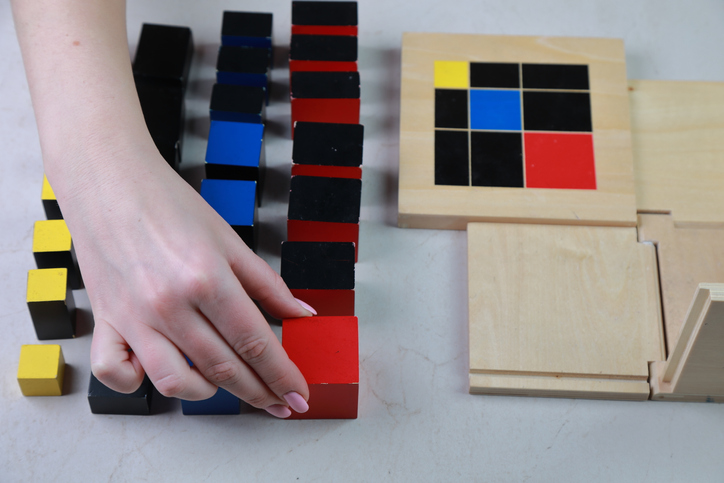Exploring the Benefits of Structural Play-Based Activities in Child Therapy
December 7, 2023

Childhood is a critical period of development, and for children facing developmental, physical, and psychological challenges, therapeutic interventions play a crucial role in their well-being. One effective approach gaining traction in therapeutic settings is the use of structural play-based activities. This innovative method combines exercises with playful engagements to address a spectrum of developmental issues. In this blog post, we will delve into the significance of structural play-based activities in child therapy and how they contribute to holistic development.
Understanding Structural Play-Based Activities
In therapeutic settings, structured activities provide a solid foundation for skill development during adolescence. These activities are meticulously designed with specific goals in mind, offering a diverse range of benefits, including improvements in motor coordination, sensory processing, and cognitive enhancement. An example of a structured occupational therapy activity might involve using games to enhance fine motor skills or exercises to increase balance and coordination.
Creating an Enjoyable Playful Atmosphere
One distinguishing feature of structural play-based therapy is its intentional design to provide a fun, relaxed, and inviting atmosphere for children. Unlike traditional clinical interventions, these activities are strategically crafted to be enjoyable, ensuring that children actively engage in the therapeutic process. By incorporating play-based elements, therapy becomes more than just a treatment; it transforms into an experience that is positive and uplifting.
Creativity in Play-Based Therapy
Structured play-based activities involve creativity and imaginative elements to promote emotional, social, and cognitive expression. Recognizing the individuality of each child, this approach tailors therapy to meet unique needs and preferences. The emphasis on creativity not only makes therapy more personalized but also fosters a sense of ownership and empowerment for the child. Through creative engagements, children are encouraged to express themselves in ways that go beyond traditional therapeutic methods.
Tailoring Therapy for Individual Needs
One of the strengths of structural play-based therapy is its ability to address individual needs effectively. Whether a child is grappling with sensory processing difficulties or other specific challenges, these activities can be tailored to target therapeutic goals. By recognizing and adapting to the unique requirements of each child, play-based therapy becomes a powerful tool in fostering positive and collaborative reinforcement.
Enhancing Engagement and Motivation
By integrating structural and play-based activities, therapy becomes a dynamic and engaging process. The playful elements capture the attention of children, making them more motivated to participate actively in their therapeutic journey. This heightened engagement not only accelerates progress but also contributes to the overall well-being of children undergoing therapy.
Conclusion
In conclusion, structural play-based activities in child therapy offer a holistic and enjoyable approach to addressing developmental challenges. By combining intentional structure with the inherent joy of play, this therapeutic method creates a positive and meaningful experience for children. As we continue to explore innovative approaches in child therapy, structural play-based activities stand out as a promising avenue for promoting the well-being and development of every child, one playful activity at a time.